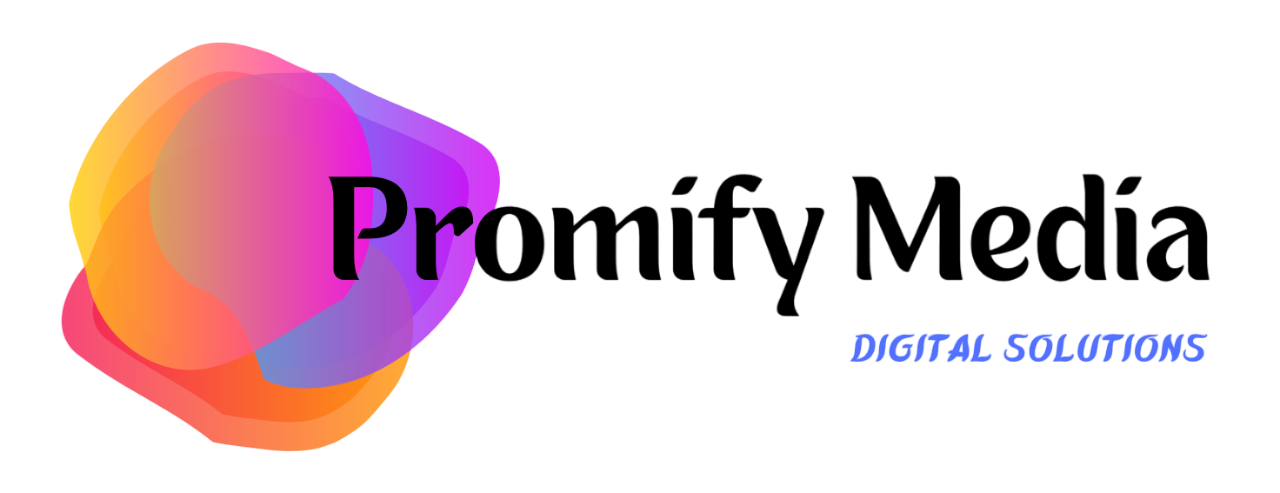Starting a nursing blog can be a rewarding way to share your knowledge and experiences with others. Whether you’re offering advice to fellow nurses, sharing patient care tips, or discussing healthcare trends, a well-crafted blog can help you make a significant impact. As of 2024, there are over 600 million blogs on the internet, but the demand for specialized, expert content—particularly in niches like healthcare—is stronger than ever. This guide will help you build a nursing blog that resonates with readers and stands out from the competition.
Why Start a Nursing Blog?
Nurses have a wealth of expertise and firsthand experience in healthcare, making them uniquely positioned to offer valuable insights. Writing a nursing blog allows you to:
- Educate others: Share essential health tips, nursing practices, and patient care advice.
- Build a community: Connect with other healthcare professionals, patients, and people interested in nursing.
- Advocate for healthcare causes: Promote awareness and raise your voice on important healthcare topics.
- Develop your personal brand: Establish yourself as a thought leader in the nursing and healthcare industry.
According to a 2024 report, over 77% of internet users engage with blogs regularly, with 70% of bloggers earning significant revenue by monetizing their content through affiliate marketing and sponsorships.
Step 1: Choose Your Niche
Selecting a specific niche is essential for your blog’s success. It helps target the right audience and builds your authority on a particular topic. Some popular niches in the nursing field include:
- Nursing tips for students: Share resources, study strategies, and career advice.
- Nursing career advice: Help nurses navigate career progression, job opportunities, and professional growth.
- Patient care guidance: Offer tips on improving patient care, managing conditions, and maintaining professionalism.
- Healthcare news: Share updates on medical trends, healthcare policies, and the future of nursing.
Picking a niche you’re passionate about ensures your content is genuine and engaging. Research trending healthcare topics, as these are likely to attract more readers in 2024.
Step 2: Know Your Audience
Understanding your audience will guide your writing style and content. Are you writing for fellow nurses, healthcare professionals, or the general public? Each group requires different types of content:
- For nurses: Provide in-depth advice, case studies, or medical knowledge.
- For patients or the public: Focus on practical tips, general health advice, and patient support.
Tailoring your tone to the specific needs of your audience will ensure your content resonates and is more likely to be shared.
Step 3: Craft an Engaging Title
A compelling title is the first step to getting your blog noticed. Make it catchy and informative, so readers know exactly what to expect. Examples include:
- “5 Essential Skills Every Nurse Needs in 2024”
- “How to Manage Nurse Burnout: Practical Strategies”
- “The Role of Technology in Modern Nursing: What You Need to Know”
A good title is both informative and SEO-friendly, making it easier for search engines to index and for readers to find.
Step 4: Write a Captivating Introduction
Your introduction should grab the reader’s attention right away. Start with a relatable anecdote, a surprising fact, or a question that draws readers in. For example:
“As a nurse, you likely face stressful situations every day. But have you ever stopped to consider how stress affects not only your well-being but also the care you provide to patients? In this post, we’ll explore practical strategies for managing stress on the job.”
An engaging intro sets the stage for the rest of the post and encourages readers to keep reading.
Step 5: Organize Your Content with Clear Headings
Organizing your blog post with headings and subheadings enhances readability. It allows readers to quickly scan the post and find the information they’re looking for. For example, if your topic is stress management for nurses, structure your post as follows:
- The Impact of Stress on Nursing
- Recognizing the Signs of Burnout
- Tips for Managing Stress During a Shift
- How to Access Support Resources
This approach ensures your content is digestible and easy to follow, which is key to retaining readers.
Step 6: Offer Actionable Insights
Your readers come to your blog for practical advice, so make sure you provide actionable, useful tips. For instance, if you’re writing about stress management, offer specific techniques like:
- Breathing exercises: Simple deep-breathing techniques that can calm the nervous system.
- Time management tips: How to prioritize tasks to avoid feeling overwhelmed.
- Physical activity: How short, quick exercises can refresh you during a long shift.
Real, actionable advice gives your readers the tools to apply what they’ve learned to their daily lives.
Step 7: Engage Your Readers and Conclude with a Call to Action
Wrap up your post by encouraging readers to take action. Invite them to comment on the post, share their own experiences, or subscribe to your blog for more content. For example:
“Managing stress is crucial for nurses’ well-being and effectiveness. What techniques have worked for you in handling stress during shifts? Share your thoughts in the comments below, and don’t forget to subscribe for more tips on navigating a nursing career.”
An effective call to action boosts engagement and helps grow your blog’s community.
Conclusion
Starting a nursing blog in 2024 offers you the opportunity to educate, connect, and make a positive impact on the healthcare community. By choosing a niche, understanding your audience, and offering valuable, actionable insights, you can create content that stands out in the crowded blogosphere. Remember to be authentic, stay consistent, and leverage SEO and social media to promote your posts. With dedication and a clear strategy, your nursing blog can become a trusted resource for your audience and a fulfilling platform for sharing your expertise.




Leave a Reply